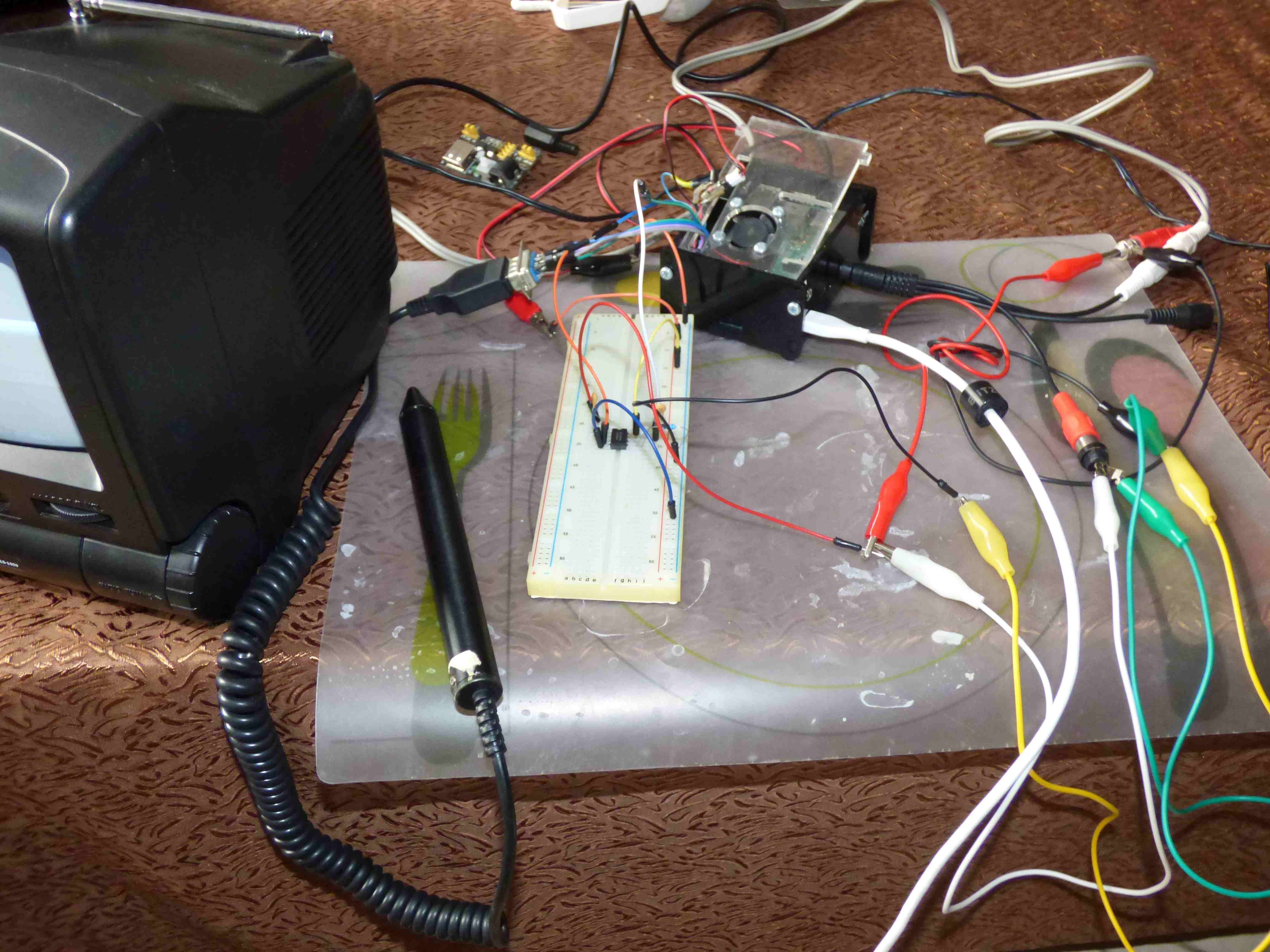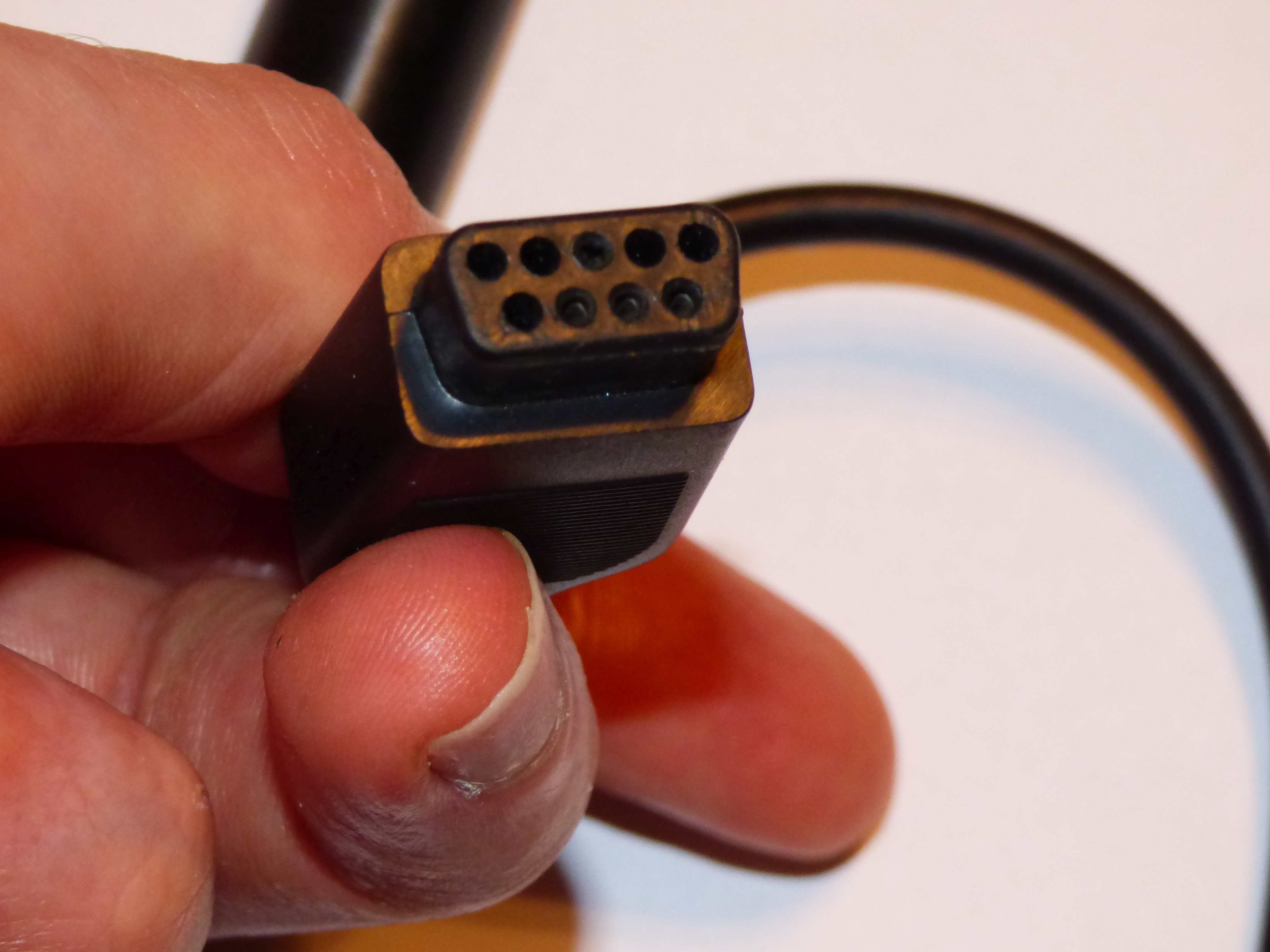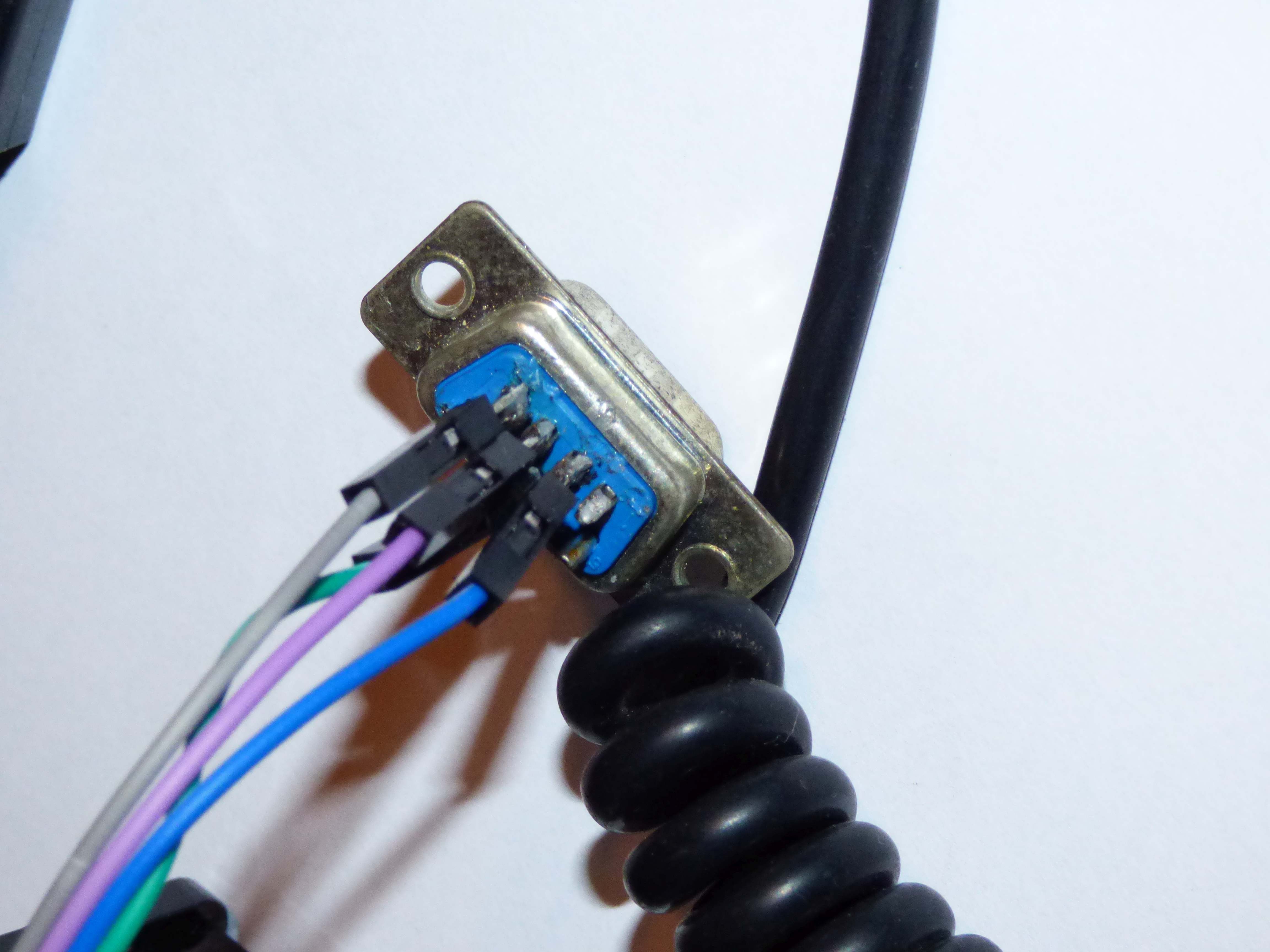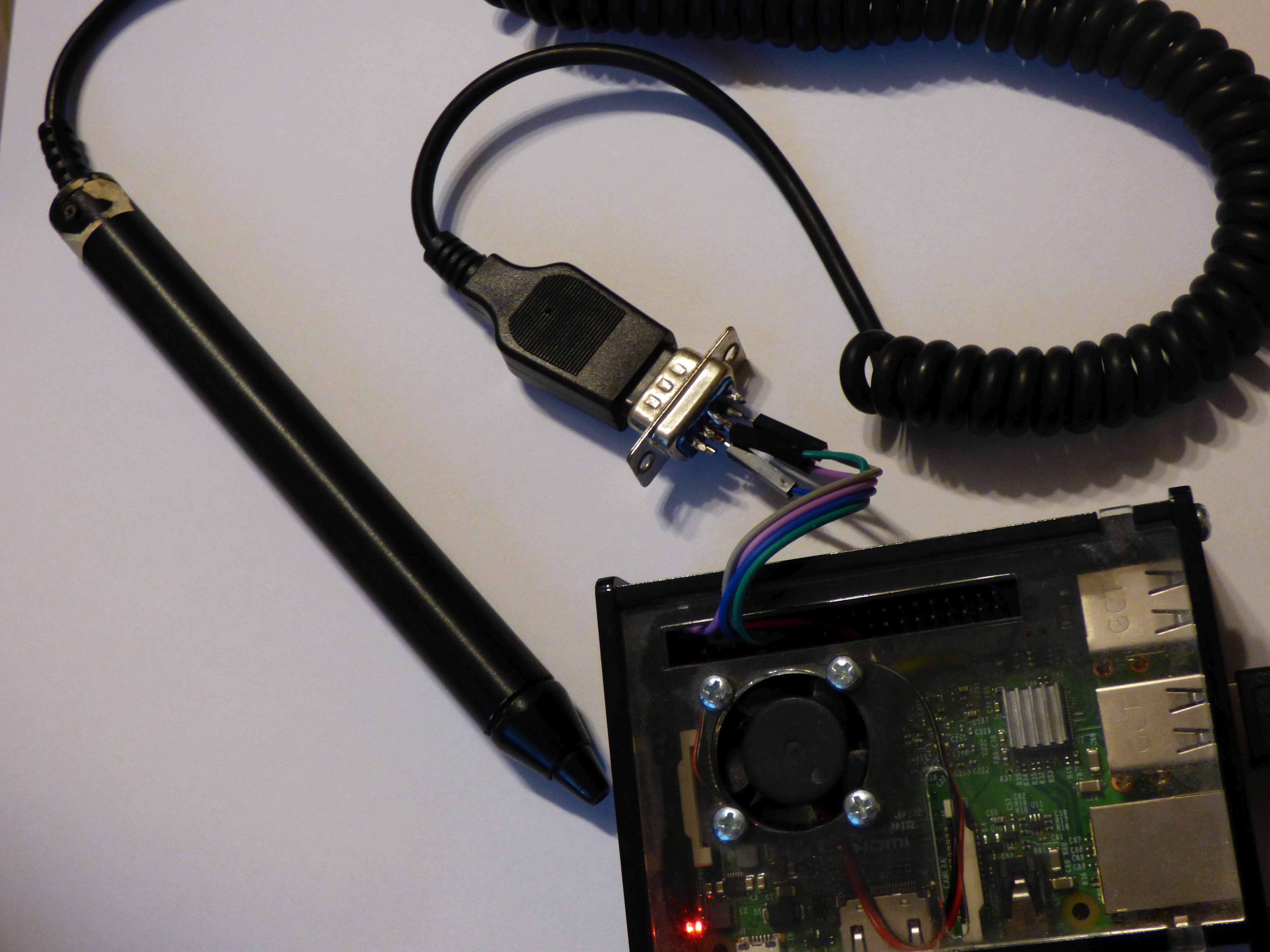About 25 years ago I was a happy user of a Commodore C128 with a 14" TV a my primary display. It was a CRT as there was no other kind.
Recently I have dug out some of the old computer stuff from the storage. Among other things I found there a Turbo Computer Lightpen for my C64/128. I have been using it as an input device for GEOS and it was like living in the techno future of the 21st century.
Lightpen was never precise enough to be used like a stylus for drawing, but it was good enough for pointing at menus, icons and marking text in text editing software geoWrite.
One of my RetroPie systems is connected to a tiny 5" portable TV. I got curious if I could find a way to use the light pen with at least some of these emulators.
This is a research project. Please feel free to fill in any gaps that I leave or correct my mistakes. Any input is welcome.
 Maciej Witkowiak
Maciej Witkowiak


